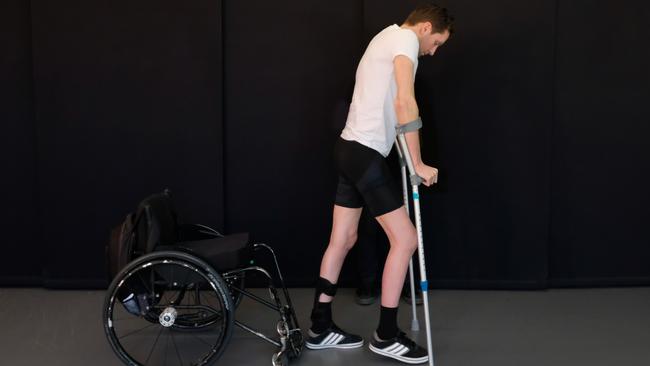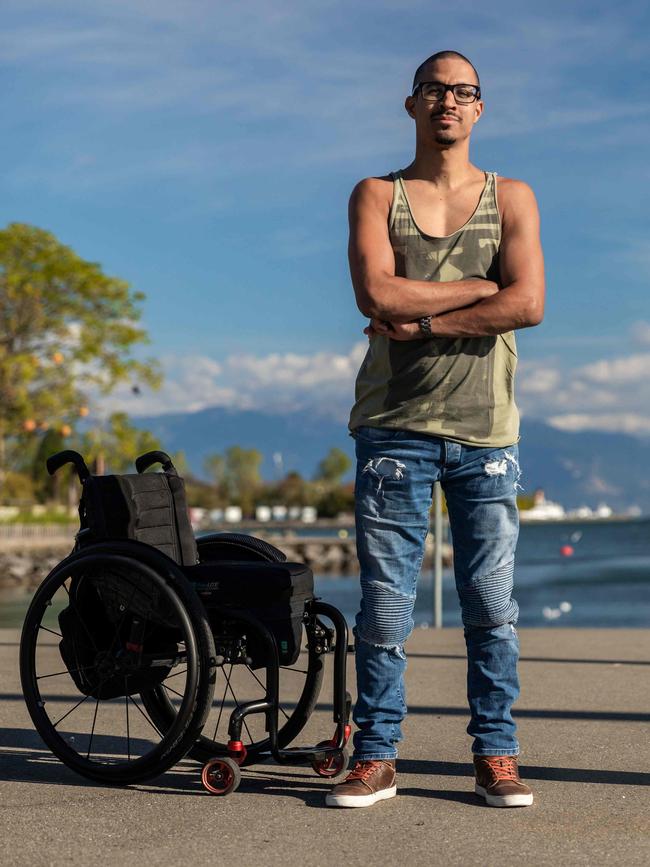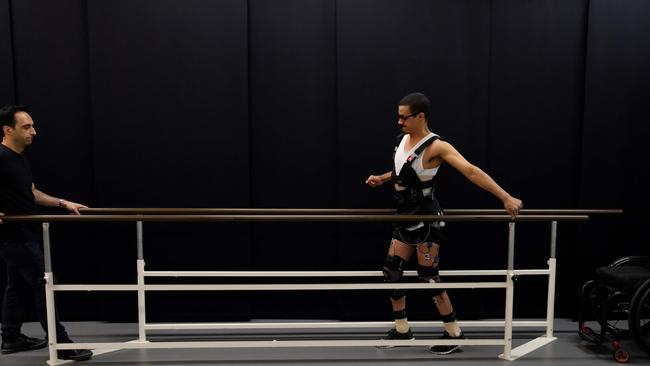Paralysed patients walk again after breakthrough treatment
The treatment of spinal cord injuries takes a “giant leap forward” after scientists enable previously paralysed patients to take steps unaided.

The treatment of spinal cord injuries is due to take a “giant leap forward” after groups of scientists enabled previously paralysed patients to take a few steps unaided.

A month after two American teams used electrical stimulation of the spine to recover movement in seven people, researchers in Switzerland used a version of the technique to help three more patients.
The Swiss team said that their work might have gone even further than previous efforts with evidence that their patients’ spinal nerves formed new connections. After intensive therapy, all three patients were also able to take steps even when the stimulation was switched off.
Gregoire Courtine, from the Swiss Federal Institute of Technology, said that the technique should be moved from experimental trials into hospitals around the world. “This field has moved forward very rapidly,” he said. “It’s time to take it to a global level. We need to bring a treatment to the people.”
Sebastian Tobler was among those helped by Professor Courtine and his team. Mr Tobler, 47, who lost the use of his legs in a motorbike accident, can now walk in the laboratory without using his hands for support. He can also ride a modified tricycle when outside.
“The electrical stimulation gives me the opportunity to train, gets my blood flowing and, more excitingly, gets me out in the forest,” he said. “It’s good for the mind and it’s good for the body.”
Another man David Mzee, 28, whose left leg was paralysed in 2010, has also regained some ability to walk. “I can do a knee extension of my left leg, flex my hip and even move my toes,” he said.
The treatment works because most spinal cord injuries do not completely sever all nerves. A partial connection usually remains but it is generally useless because most of the nerves that carried signals have been lost.
Although scientists do not completely understand the mechanism, passing a current through the lower, severed part of the spine seems to allow the brain to take control through the partial connection.
The latest research, published in the journal Nature, goes further. Rather than continuously stimulating the spinal cord nerves, the Swiss team found a way to do so when people were already moving, and only then activating the relevant regions.

“This is stimulation with the precision of a Swiss watch,” Professor Courtine said. “Because we stimulate the spinal cord as the brain would do, quite rapidly within days or weeks people regain the ability to make steady movement after they have been dormant for many years. We got one new person two weeks ago. He is already walking after four years of paralysis.”
More than that, though, he believes that by imitating natural processes the method allows the spine to form new connections, rewiring lower nerves to take advantage of the surviving route to the brain, therefore enabling improvements even when the device was switched off. “That is the most incredible finding. The result was completely unexpected.”
Chet Moritz, from the University of Washington, said that the research, in which he was not involved, offered hope. Taken with other work, it showed that medicine could be on the cusp of a new era for treating spinal injuries. “This clearly reinforces the bright future for the treatment of spinal cord injury,” he said. “Through the hard work and many small steps of brave and dedicated participants in the laboratory, the field is poised to take a giant leap forward in the treatment of what was until very recently considered incurable paralysis.”
THE TIMES


